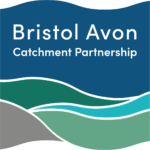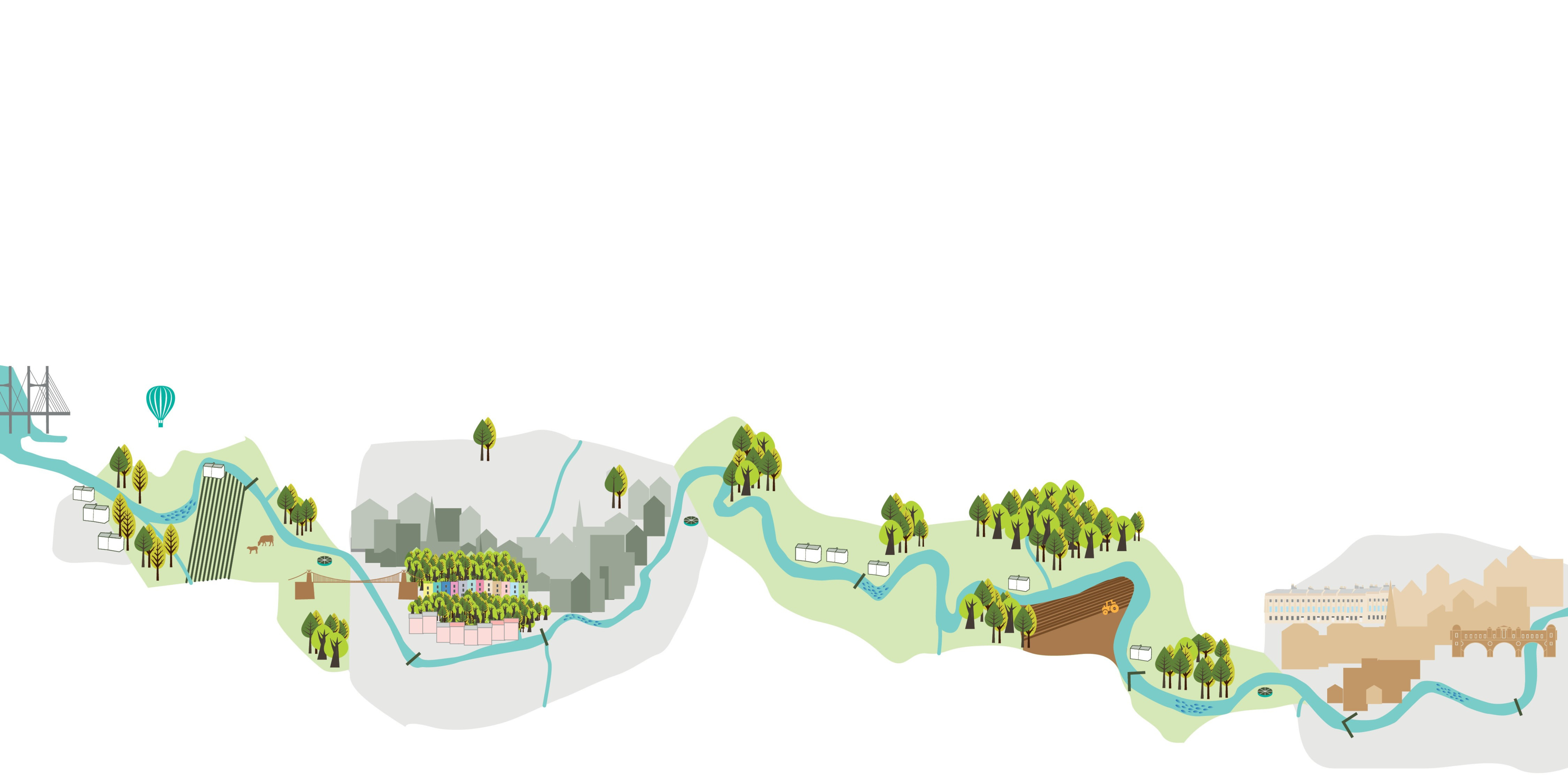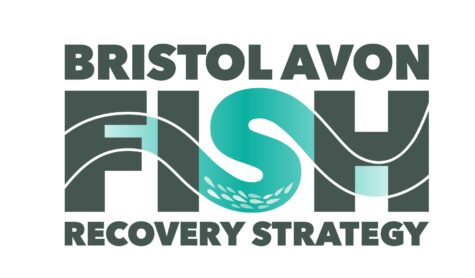
The UK is one of the most nature depleted countries in the world- with species declining, habitats in poor condition and millions of people living without access to nature. In recognition of this, the West of England Combined Authority (WECA), Bath & North East Somerset, Bristol City Council, South Gloucestershire Council, North Somerset Council, and Wiltshire Council have all acknowledged the need to address the impacts of climate change and the loss of biodiversity.
The Bristol Avon Fish Recovery Strategy has been developed by the Bristol Avon Catchment Partnership to guide collective action to deliver the vision and actions required for fish recovery which will benefit all ‘life below’ the water’s surface across the Bristol Avon catchment: Globally, the population decline of freshwater species is twice as rapid as that of marine and terrestrial species. The strategy essentially provides a set of guiding principles to improve freshwater biodiversity and serves as a tool to incorporate the value of rivers into decisions regarding asset management, public health, environmental recovery, and economic development.
Whilst being important functionally-linked habitat for the Severn Estuary SAC/Ramsar/ SSSI, the Bristol Avon catchment is not a protected site in its own right and so special proactive efforts are required to ensure its ecological recovery and conservation. It is, therefore, imperative that we apply the principles to agree actions for the Bristol Avon catchment to restore conditions that promote sustainable and healthy fish populations.
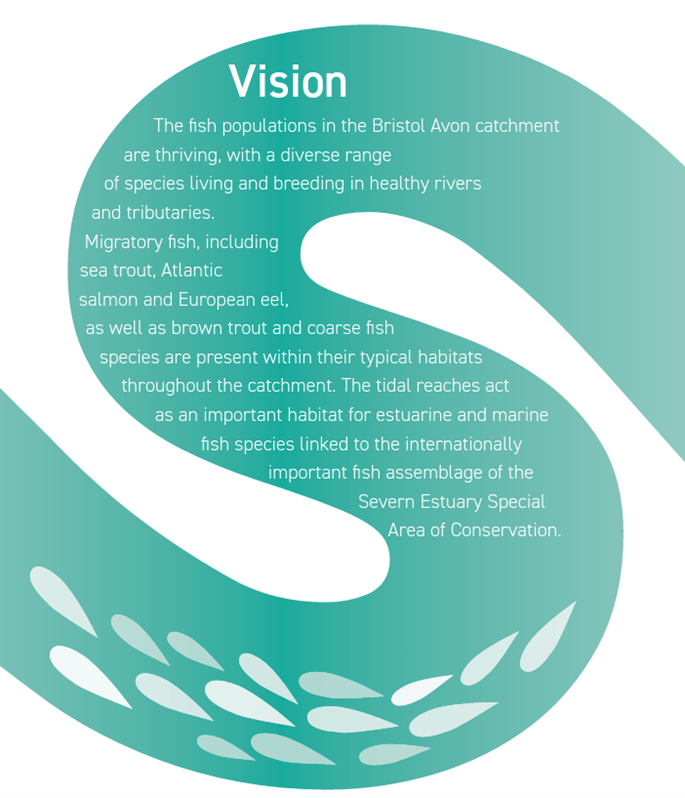
The need for a fish recovery strategy
Fish have a variety of roles in the life cycles of other species, including providing food and serving as predators to sustain population growth and health across freshwater ecosystems. They cycle energy, chemicals, and nutrients. Key elements of nature recovery include fish and the ecosystems they support. They also contribute to the economical, physical, and mental health advantages of water-based recreational activities like angling.
However, just 12% of the waterbodies in the Bristol Avon basin have been classified as having Good Ecological Status (GES) in 2021, according to the Water Framework Directive with physical man-made alterations and increased phosphate and nitrate levels factors in not obtaining GES.
It is hardly unexpected that these circumstances have an effect on fish populations in the Bristol Avon river catchment. Fish deaths can result from poor water quality, and this is frequently made worse by low river flows. Weirs and other artificial barriers impede fish from migrating to reproductive grounds and moving away from potential danger or in search for food. The combined effects of a changing climate and an increasing local population will continue to have an impact on fish populations.
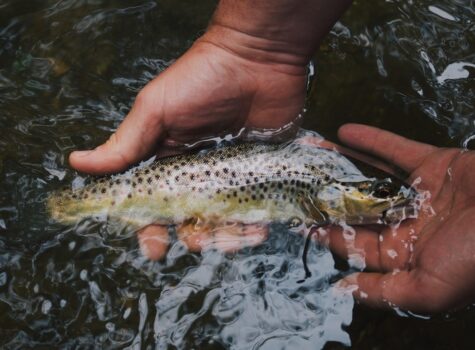
Application of the Bristol Avon Fish Recovery Strategy
The Fish Recovery Strategy forms part of the suite of regional and natural environment strategies that include: The Bristol Avon Catchment Partnership (BACP) Catchment Plan, The West of England Climate and Ecological Strategy and Action Plan, The West of England Nature Recovery Strategy, The Forest of Avon Plan and The Joint Green Infrastructure Strategy.
The Bristol Avon Fish Recovery Strategy should be considered in the development and delivery of the region’s Local Nature Recovery Strategy (LNRS), and the implementation of Biodiversity Net Gain and Environmental Land Management Schemes.
To advance in executing the strategy, a Five-Year Action Plan has been set out in the strategy providing a proposed initial set of actions to be discussed with suggested leads to confirm resources and timeframes.
A link to the strategy document can be found here: Bristol Avon Fish Recovery Strategy – Bristol Avon Catchment Partnership
Thank you to the BACP for supporting this vital project, and to all the partners who have contributed towards creating this much needed strategy. We now look forward to working with partners to deliver the strategy, with work already underway on the River Chew: Restoring Fish Spawning Tributaries and Riparian Habitat (mossy.earth)
